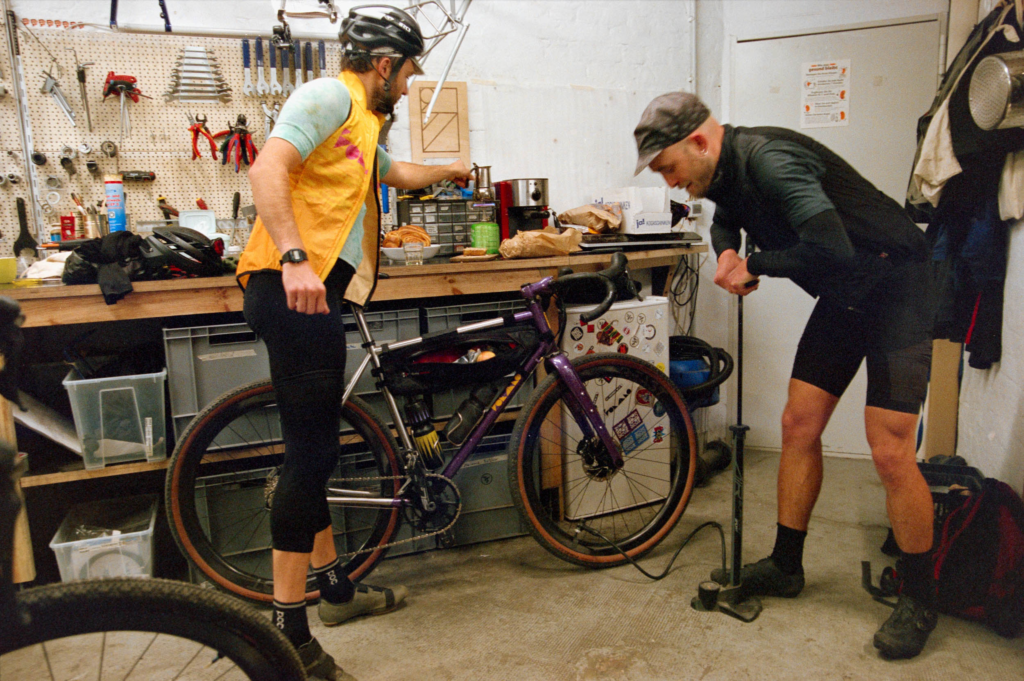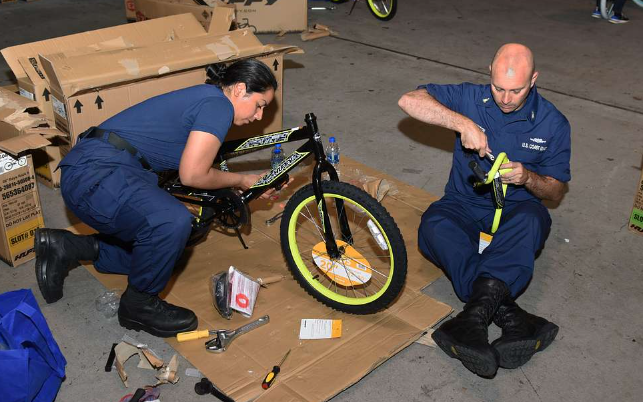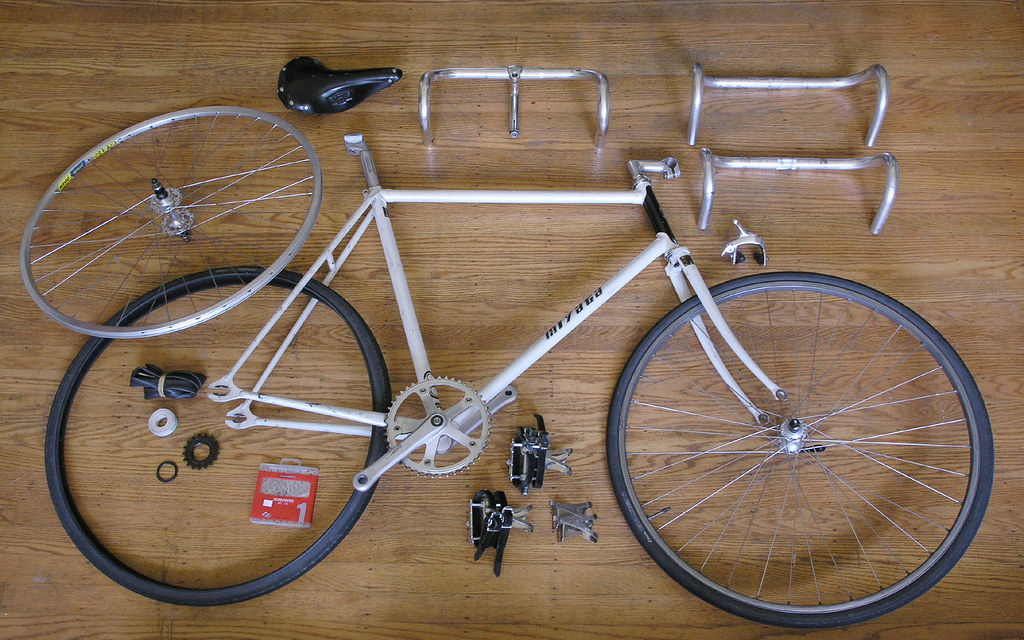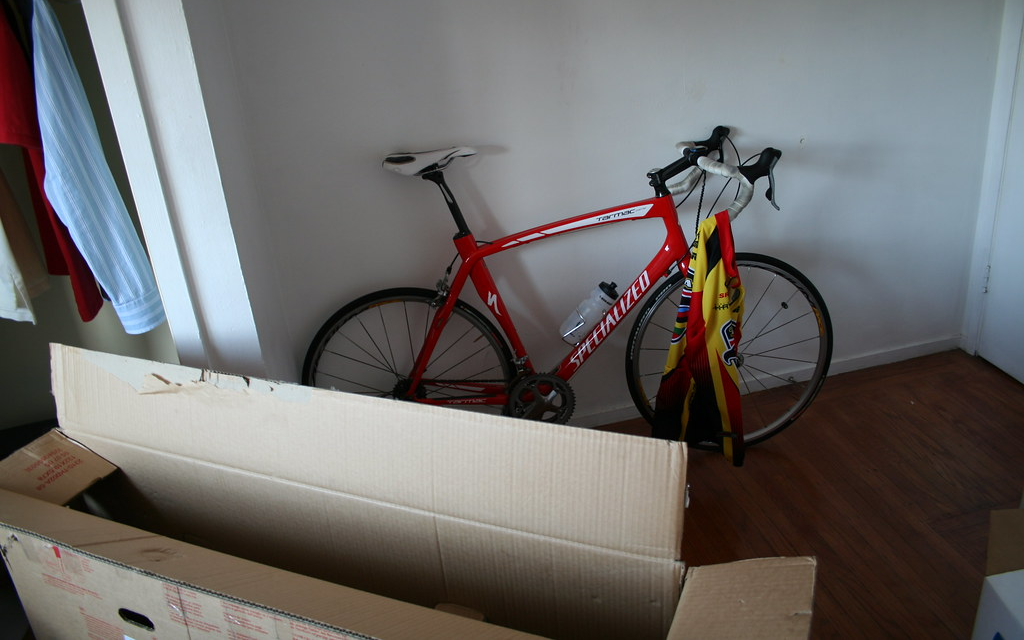Shipping a bike can be daunting, but with the right approach, it’s a breeze. Whether you’re a cycling enthusiast relocating for a race or a casual rider exploring new terrains, the surge in bike shipping services has made it easier than ever.
The key lies in understanding the significance of secure and efficient transportation. As more people turn to pedal power for recreation and commuting, the demand for reliable bicycle shipping solutions has skyrocketed.
This guide will navigate you through the essentials of how to ship a bike, ensuring your two-wheeled companion arrives safely at its destination. Stay tuned for expert tips on how to protect your bike during transit, making your next adventure stress-free.
Why Ship a Bike?
Opting to ship a bicycle is an intelligent choice for avid cyclists and casual riders alike. It simplifies travel logistics, allowing adventurers to enjoy familiar rides in new locales without the hassle of on-the-spot rentals.

With the boom in e-commerce, purchasing bikes online has become the norm, and efficient shipping ensures your new ride arrives at your doorstep ready for action. Moreover, transporting their prized bicycle securely becomes a priority as people move to cities or countries.
Shipping services cater to this need, ensuring that your bicycle, a symbol of freedom and fitness, is part of your journey, regardless of destination. This convenience has transformed bicycle ownership, making it more accessible and worry-free, whether buying, selling, or bringing your bicycle.
Materials & Tools Required
When packaging a bicycle for shipping, selecting suitable materials is crucial for ensuring it arrives in pristine condition.
- Sturdy Bike Box
- Bubble Wrap
- Foam Padding
- Zip Ties
- Velcro Straps
- A Set of Tools
- Frame Protectors
- Fork Spacers
- Chain Guard
- Packing Tape
- Marker
With these materials and tools, you can confidently prepare your bike for its journey, knowing that every precaution has been taken to protect your valued companion.

How to Ship a Bike?
Follow the below three steps process:
1. Preparing Your Bike for Shipping
Preparing your bicycle for shipping is a meticulous process that begins with disassembly. Remove the pedals, handlebars, and seat. Next, detach the front wheel and, if necessary, the rear wheel.
Carefully wrap each component in bubble wrap, paying extra attention to delicate areas like derailleurs and brakes. Use zip ties to keep the bubble wrap in place and prevent movement. Place smaller parts like screws and bolts in a separate bag, and tape it to the frame so nothing gets lost.

Use corrugated cardboard cutouts to protect the frame and wheels against dents and scratches. Secure the wrapped parts inside the bicycle box with foam padding, ensuring no free space to shift during transit.
Label each part and take photos before packing, so reassembly is straightforward. Following these steps will safeguard your bicycle, ensuring it reaches its destination and is ready for your next ride.
With careful preparation, your bike will be well-protected and arrive in the same condition it left, ready for your next cycling adventure.
2. Packing the Bike
How to pack a bike for shipping? It requires careful consideration to ensure it arrives safely at its destination. Please start by selecting the appropriate box size; the bike should snugly fit without excessive space to avoid movement.
While standard bicycle boxes are convenient, custom boxes can offer a more precise fit. The packing process begins by removing pedals, handlebars, and wheels. Then, each part is wrapped in bubble wrap for protection, paying particular attention to delicate areas like the derailleur and brakes.

Place the frame in the box first, followed by the components, ensuring nothing is loose. Use foam padding or packing peanuts to fill any voids and prevent shifting during transit. Secure the box with strong tape and label it as fragile.
Following these steps, you can confidently ship your bicycle, knowing it’s well-protected throughout its journey. Remember, the key is minimizing movement within the box to prevent damage.
3. Choosing a Shipping Service
Selecting an optimal shipping service is crucial for businesses and individuals alike. It involves weighing various factors such as cost-effectiveness, delivery speed, and the availability of insurance and tracking features.
When comparing services, one must balance affordability and efficiency; economical options may offer slower delivery, while premium services guarantee faster transit at higher rates.
Additionally, providing insurance is essential, safeguarding against potential loss or damage during transit. Conversely, tracking capabilities offer peace of mind by allowing customers to monitor their package’s journey.

Each service presents unique advantages and drawbacks; for instance, a courier might excel in rapid deliveries but need more cost-efficiency for bulk shipments. Conversely, postal services may provide attractive rates for heavier parcels but with extended delivery times.
Ultimately, the decision hinges on the specific needs of the shipment, with insurance and tracking being non-negotiable elements for a secure and reliable shipping experience. Careful evaluation of these aspects ensures that one’s choice aligns with one’s priorities: speed, cost, or additional security measures.
Tracking the Shipment
Monitoring the shipment of your bicycle is straightforward, thanks to the advanced tracking tools offered by shipping companies. Upon dispatch, you’ll receive a unique tracking number, which allows you to follow your bike’s journey online.
This real-time tracking capability informs you of your bike’s location and estimated arrival time. It’s advisable to regularly check the tracking status and contact the shipping company for any updates or changes.

Prompt communication with the service provider will facilitate quick resolution if there are any delays or issues. This level of oversight provides reassurance and allows for better planning around the anticipated delivery.
Effective tracking and communication are essential to a stress-free shipping experience, ensuring your bicycle arrives safely and on time. Remember, the tracking number is your most valuable tool for updating your shipment’s progress.
Receiving & Unpacking Your Bike
Upon your bike’s arrival, carefully inspect the package for any signs of mishandling or damage before you begin unpacking. This initial step ensures that your bicycle has been transported with care.
Once you’ve confirmed the package’s integrity, follow the unpacking checklist meticulously. This list is your roadmap to correctly and safely revealing your bike’s components. With all parts laid out, consult the provided instructions for assembly.

These guidelines facilitate a smooth and error-free building process, allowing you to piece your bicycle together efficiently. Adhering to these steps not only secures the safety of your bicycle but also guarantees that you’ll be ready to hit the road with confidence in no time.
Remember, a thorough approach sets the tone for a rewarding cycling experience.
How Much Does it Cost to Ship a Bike?
The cost of shipping a bicycle can vary widely based on several factors, including distance, shipping speed, and the service provider. On average, domestic bike shipping can range from $30 to $60, while international routes may cost between $100 to $300 or more.

Expedited shipping options and additional services like insurance and tracking will increase the price. It’s also important to consider the size and weight of the bike, as oversized or heavier bikes may incur surcharges.
To get the best deal, compare prices from multiple carriers and choose a service that balances cost with your specific needs for speed and security. Always ensure that the selected service provides adequate protection and tracking capabilities to safeguard your investment during transit.
Investing in the right shipping service can save you from potential headaches and ensure your bicycle arrives safely.
Conclusion
With the right approach, shipping a bicycle can be seamless. Begin by selecting a reliable carrier, properly packing your bike, and choosing an insurance option for peace of mind. We’ve covered the essentials, from dismantling to documentation.
Now, we invite you to share your bike shipping stories. Do you have tips or insights? Your contributions can help fellow cyclists. Don’t hesitate to reach out with queries or for further discussion. Together, let’s make bicycle shipping a breeze for everyone.
Your feedback drives us to provide the most comprehensive guides. Let’s keep the wheels of knowledge turning!
FAQs
Use economy international shipping or compare rates with carriers like DHL, UPS, and FedEx for the best deal.
Use a dedicated bicycle shipping service for secure cross-country delivery.
Yes, USPS ships bicycle under 70 lbs with proper packaging.
FedEx offers detailed guidance and services for shipping bikes safely.



